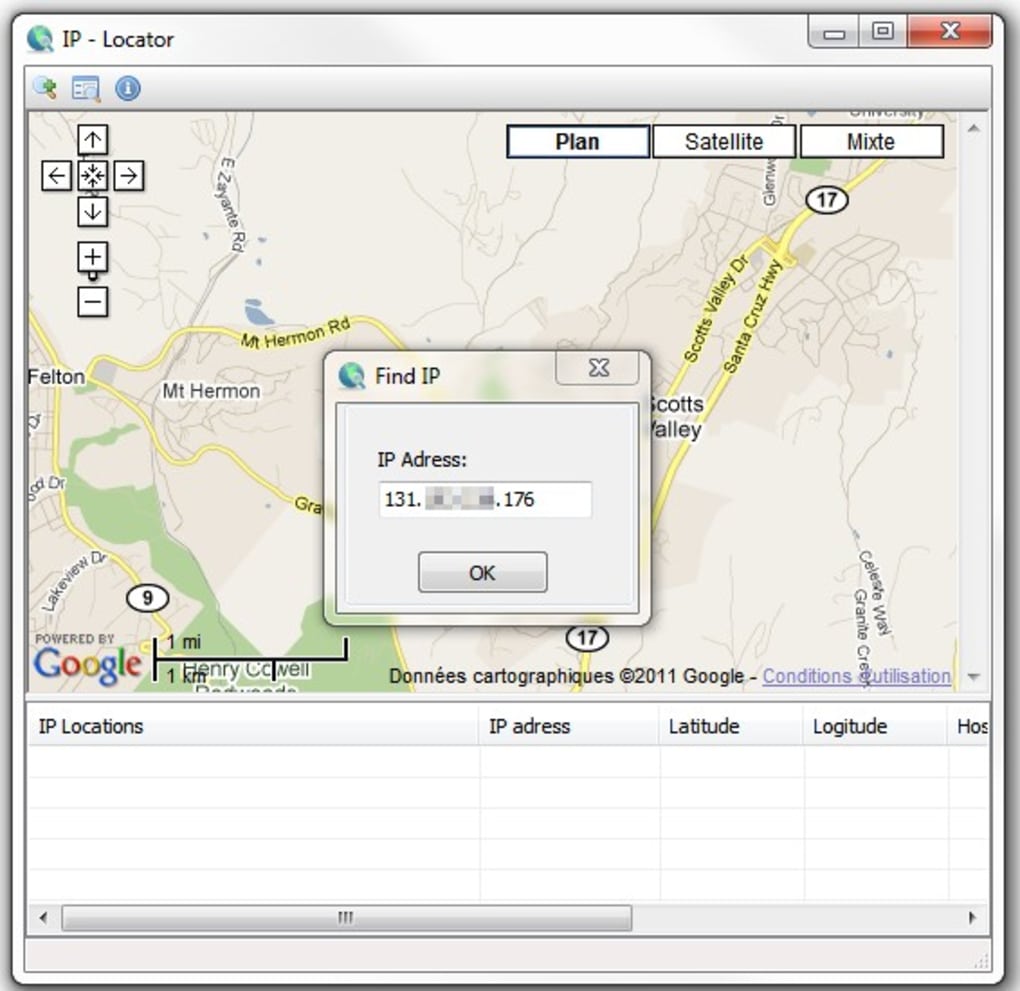

: It contains the abbreviation of the DNS record class being used.On its expiry, it needs to be activated again. It is the time in seconds for which the entry is valid. The different pieces of information are arranged in the record in their relevant fields. The PTR record's structure is the same as other DNS record types. Here the user already knows the IP address and wishes to find the domain or hostname associated with that IP. When a user enters a domain name in the browser, the DNS lookup process occurs, matching the domain name to an IP address.Ī reverse DNS lookup or reverse IP address lookup is an opposite process that starts with an IP address and ends with the associated domain name or hostname's lookup. Typically, a user wishes to establish a connection to a server with an already-known domain name, but the user does not have the correct IP address.

PTR record lookups are the opposite of an A record lookup for an IPv4 address and an AAAA record lookup for an IPv6 address. You can get the associated domain name or hostname using the IP address. PTR records, referred to as "reverse DNS" records, are used in IP reverse lookup. What is DNS PTR (Pointer) Record?Ī PTR record, known as a pointer record or reverse DNS record, is the type of Domain Name System (DNS) record used to store the domain or hostname for an IP address. If you enter your IP, it might point to the hostname of your ISP, or if you query your server's IP, it might show you your domain name on which it resolves. This hostname is Google's hostname against IP 8.8.8.8, which is Google's public DNS IP. The hostname is anything like a normal domain or sub-domain, i.e.,. The Reverse DNS Check tool queries the given IP to resolve to a hostname.


 0 kommentar(er)
0 kommentar(er)
